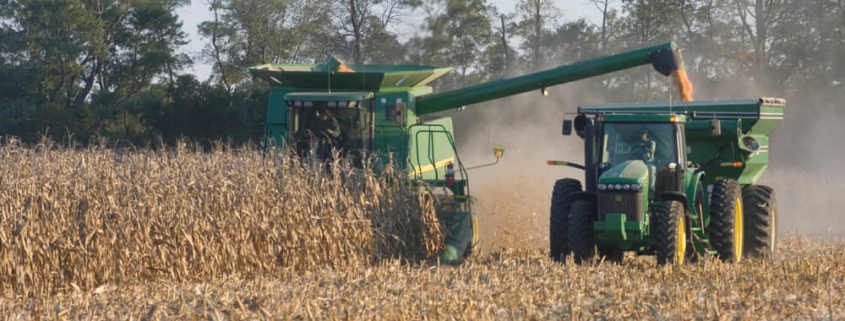OSHA Safety Guidelines for Agriculture Operations
Our nation’s farm and agricultural workers are amongst our most vital. Indeed, without the people who grow, pick, package, process, and ship our food, most of our communities wouldn’t be able to eat. Tragically, however, agricultural workers in our country are at a high risk of occupational injury and disease. In a single year, 416 farmers and farmworkers died from work-related injuries, according to the Centers for Disease Control and Prevention (CDC). The CDC also reports that every day, approximately 100 workers suffer a workplace injury that results in lost work time.
The truth is that most injuries amongst agricultural and other food system workers are entirely preventable. The Occupational Safety and Health Administration (OSHA) has developed a set of standards and safety guidelines for agricultural operations. If you are an agricultural worker who has questions about the OSHA standards or your rights following a workplace injury, please contact OSHA Injury Attorney directly for the help and legal guidance you need.
OSHA & Employers’ Responsibilities
All agricultural employers throughout the country should comply with OSHA’s safety guidelines and standards for agricultural operations. While OSHA regulations cannot prevent all types of accidents and injuries, they are designed to protect the health and safety of workers to the greatest extent possible. Specifically, the intent is to reduce the number of agricultural workplace injuries and deaths amongst workers, and also to increase profit potential for employers in the agricultural industry by reducing the rate of injury and death.
Employers in the agricultural industry have a duty to comply with OSHA agricultural safety and health standards, and to comply with reporting requirements should an accident or injury occur. Failure to do this is a violation of the law.
OSHA Safety Guidelines for Agricultural Workers
There are OSHA safety guidelines for agricultural workers in place related to:
- Tractors and rollover protective structures. The most common cause of death amongst farmworkers is involvement in a tractor accident. To reduce the rate of death from this type of accident, OSHA maintains rollover protective structure standards. In short, on-farm tractors operated by farm employees must be equipped with protective structures that minimize the risk of severe injury in the event of a tractor rollover.
- Inhalants and exposure to certain chemicals and materials. There are multiple types of particles, chemicals, and other substances that agricultural workers may be exposed to on the job. Some of this exposure could lead to injury or illness.
- Temporary labor camps. Many agricultural workers are temporary or seasonal workers who do not work year-round. As such, temporary housing may be constructed or used to house these workers during the farming season. There are detailed regulations for farmer workers’ housing, including regulations pertaining to overcrowding, sanitation, flooding, and other health threats.
- Machinery guarding. Like machinery in other industries, agricultural machinery can be incredibly dangerous. There are regulations that call for the guarding of this machinery. More specifically, all agricultural equipment that has a power take-off drive line must be guarded. Operators of farm equipment must also receive training on the proper use and operation of the equipment.
- Hazard and communications standards. OSHA also maintains hazard and communications standards which require that all employers educate all of their employees about hazards in the workplace—specifically, chemical hazards. There are also strict labeling and storage requirements for chemicals.
The above list of OSHA safety guidelines and standards is not comprehensive. You can read more about OSHA standards for agricultural operations here.
What Happens if I’m Injured at Work?
Unfortunately, many agricultural workers do not have the same types of workplace protections as do workers in other industries. In fact, some agricultural workers may not even be covered under workers’ compensation insurance. If you are injured in an agricultural accident, it’s important that you understand your rights and how to recover compensation for your harm. If your injury arose out of an OSHA violation, your employer may be held liable for your injuries and damages, and may face other penalties as well.
Contact OSHA Injury Attorney Today
Navigating the laws and regulations pertaining to workplace safety and OSHA standards can be confusing. At OSHA Injury Attorney, we can help you to understand OSHA standards for agricultural workers, your rights, and what to do if you’re injured in the workplace. To learn more about your legal options and how to take action following an on-the-job injury, contact OSHA Injury Attorney directly by filling out the contact form on our website and we will return your inquiry promptly.




Leave a Reply
Want to join the discussion?Feel free to contribute!